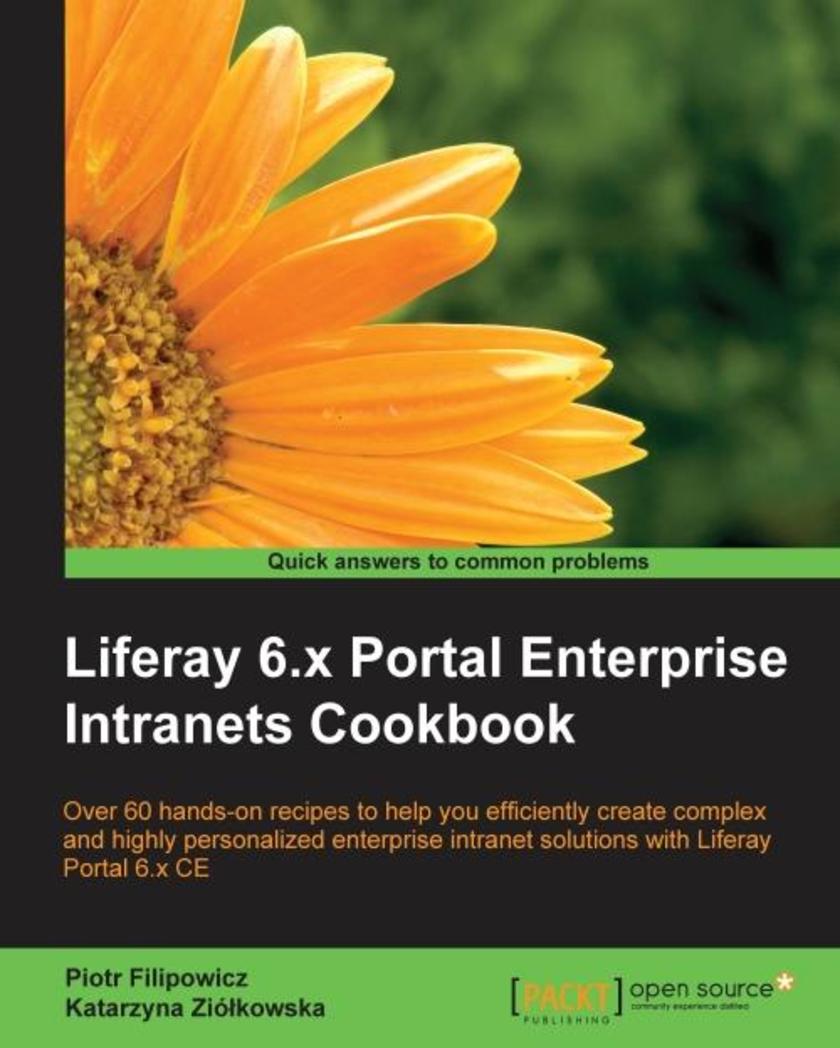
Liferay 6.x Portal Enterprise Intranets Cookbook
¥90.46
If you are a Java developer or administrator with a technical background and want to install and configure Liferay Portal as an enterprise intranet, this is the book for you. In short, reusable recipes help you realize business goals as working features in Liferay. This book will also give you useful hints on how to easily improve the default functionality of the system and its performance.
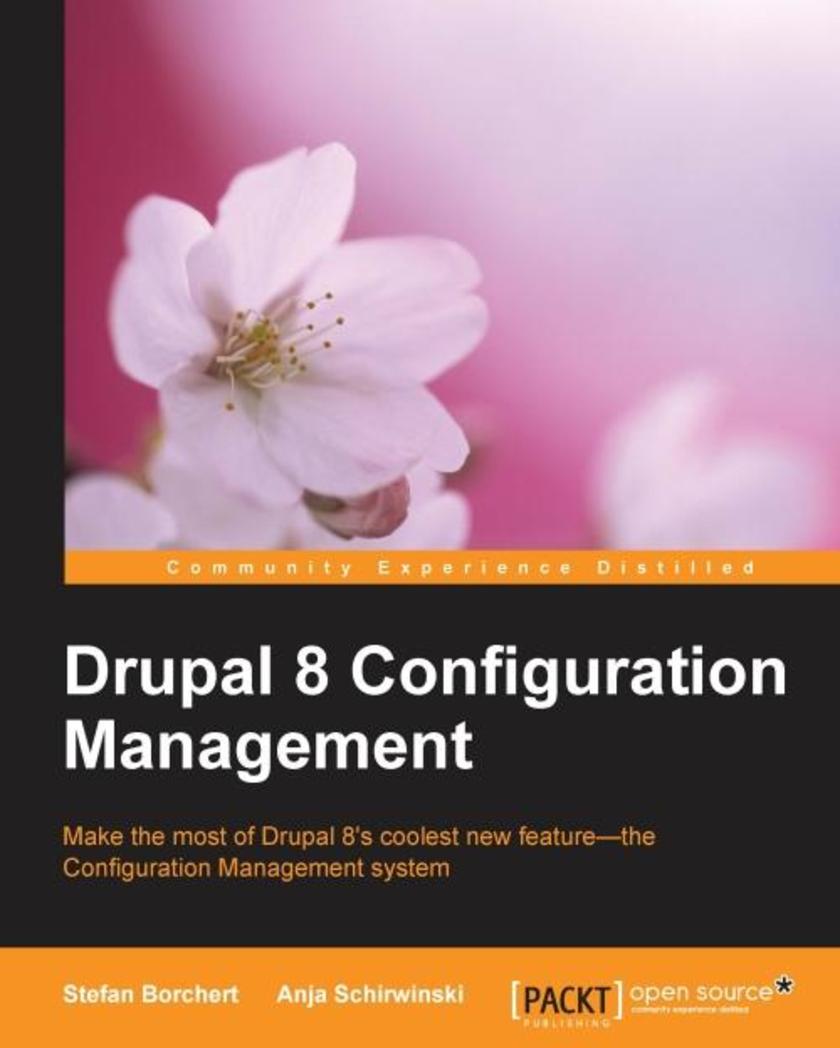
Drupal 8 Configuration Management
¥54.49
Drupal 8 Configuration Management is intended for people who use Drupal 8 to build websites, whether you are a hobbyist using Drupal for the first time, a long-time Drupal site builder, or a professional web developer.
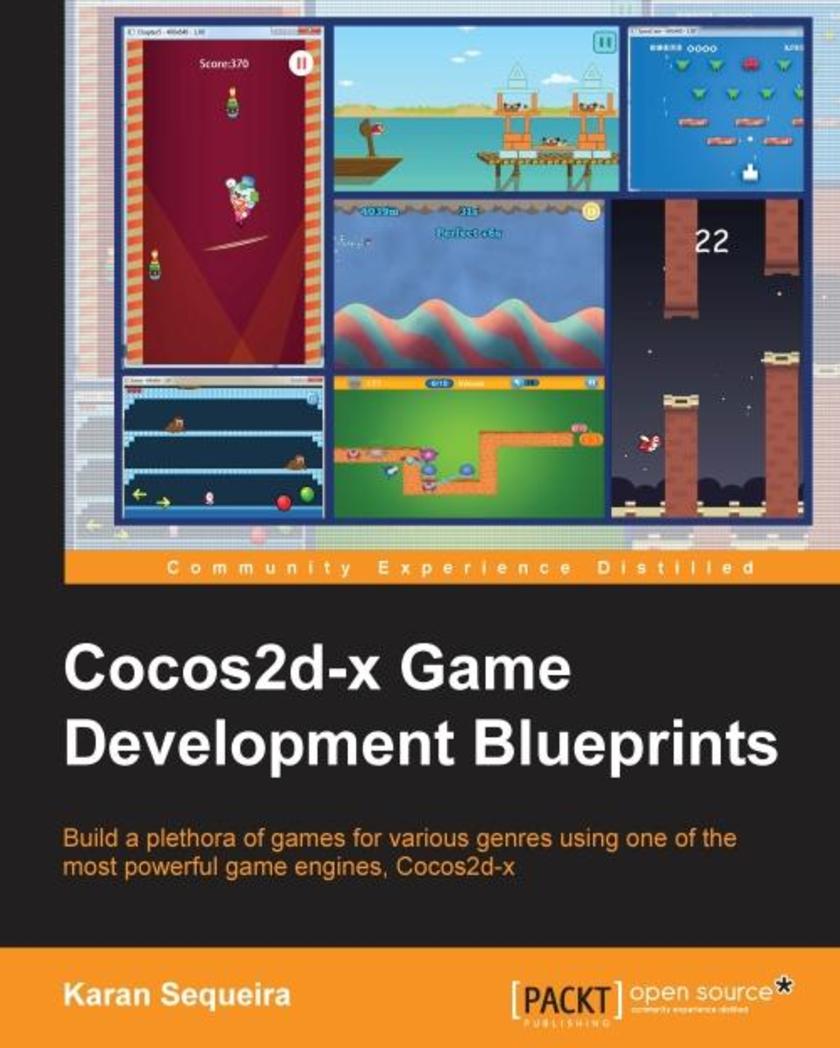
Cocos2d-x Game Development Blueprints
¥90.46
If you are a proficient Cocos2d game developer who wants to enhance his or her game development skill set using Cocos2d-x to build different types of games, this book is for you.
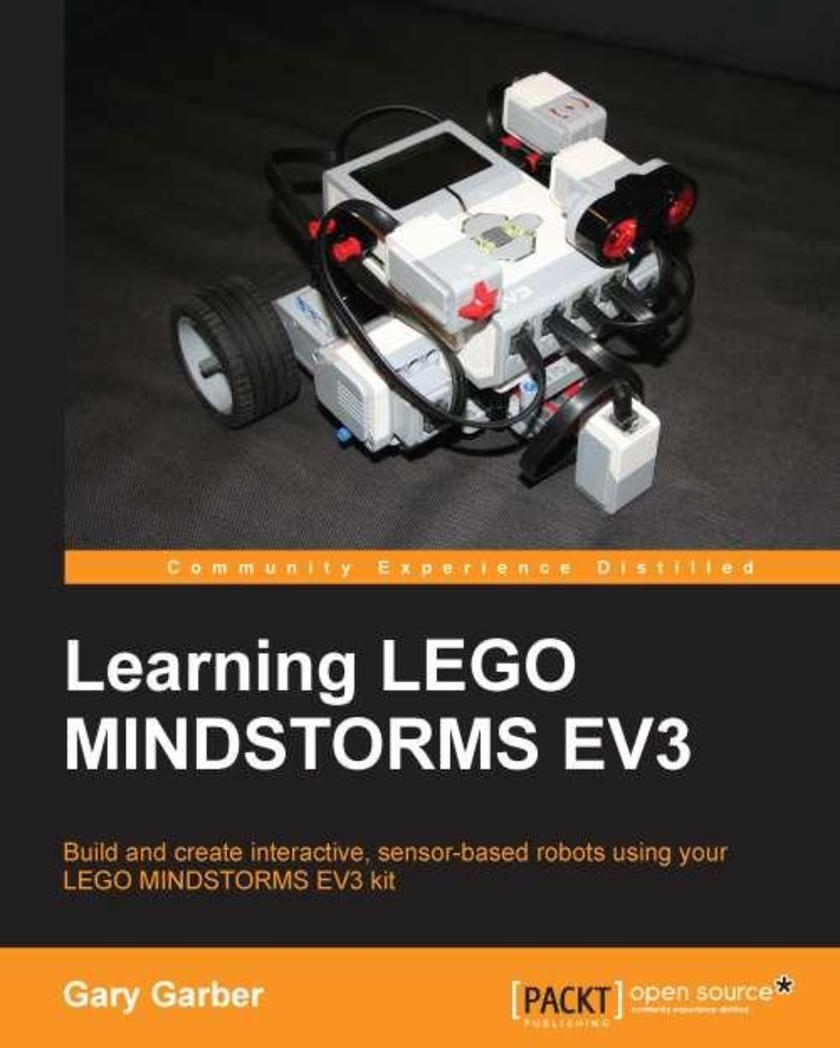
Learning LEGO MINDSTORMS EV3
¥80.65
This book is for the hobbyists, builders, and programmers who want to build and control their very own robots beyond the capabilities provided with the LEGO EV3 kit. You will need the LEGO MINDSTORMS EV3 kit for this book. The book is compatible with both the Home Edition and the Educational Edition of the kit. You should already have a rudimentary knowledge of general programming concepts and will need to have gone through the basic introductory material provided by the official LEGO EV3 tutorials.

Mastering pandas for Finance
¥80.65
If you are interested in quantitative finance, financial modeling, and trading, or simply want to learn how Python and pandas can be applied to finance, then this book is ideal for you. Some knowledge of Python and pandas is assumed. Interest in financial concepts is helpful, but no prior knowledge is expected.
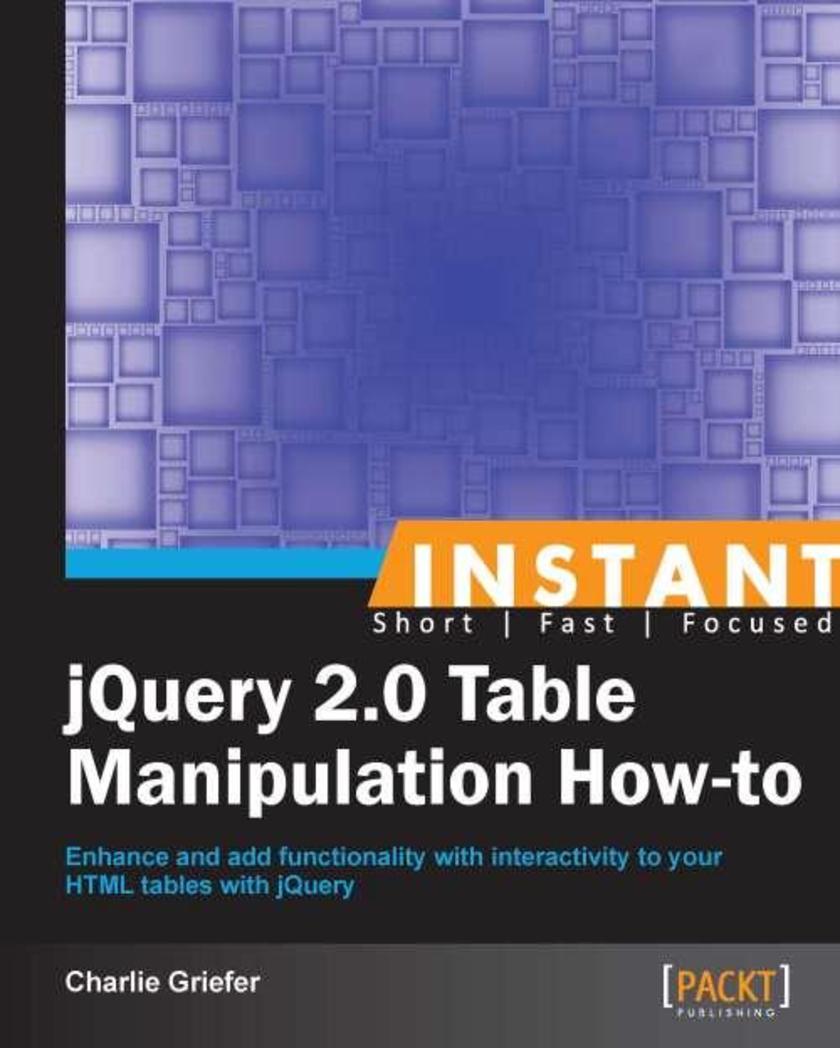
Instant jQuery 2.0 Table Manipulation How-to
¥41.41
Filled with practical, step-by-step instructions and clear explanations for the most important and useful tasks. Get the job done and learn as you go. A how-To book with practical recipes accompanied with rich screenshots for easy comprehension.A short, concise, recipe-based approach that shows you how to manipulate tables using hands-on examples and the most up-to-date techniques in jQuery 2.0. Instant jQuery 2.0 Table Manipulation How-to is aimed at both newcomers and those who have already worked with JavaScript or jQuery. A familiarity with HTML and basic CSS would be beneficial.
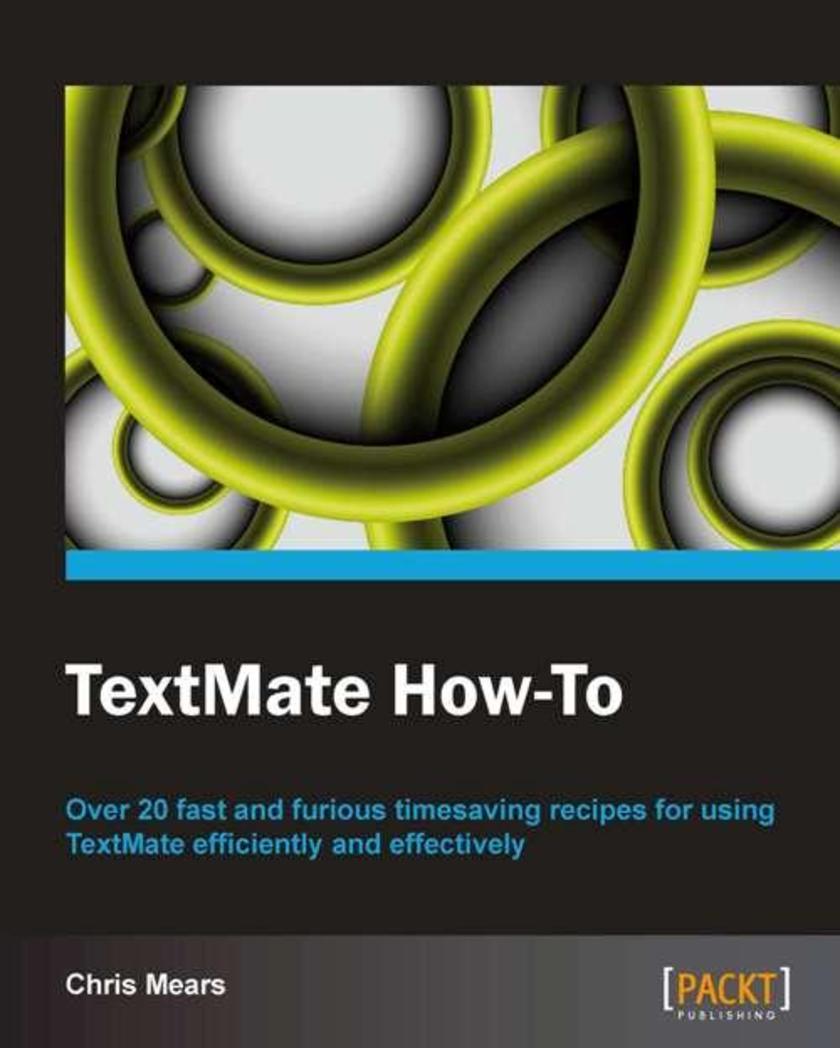
TextMate How-to
¥35.96
"TextMate How-To" address essential tasks through recipes to hit the ground running and get started with practical solutions to common questions. This book is geared toward beginning and intermediate web developers and designers who want to expedite their coding. Though TextMate can also work very well as a plain text editor, some experience with a programming or *ing language whether it's HTML, CSS, PHP, or Ruby is helpful to understand the depth to some of the examples provided.

Learning pandas
¥107.90
If you are a Python programmer who wants to get started with performing data analysis using pandas and Python, this is the book for you. Some experience with statistical analysis would be helpful but is not mandatory.

Instant Apple iBooks How-to
¥35.96
Practical guide to create Concrete5 themes This book is great for theme developers new to concrete5 who are looking to use their experience in HTML and CSS to create high quality themes for concrete5. It’s assumed that you have worked with HTML before and can also read code as you’ll see some basic PHP and JavaScript code. There are a few words about using concrete5, but you’re expected to spend a bit of time on your own to get familiar with the concrete5 interface by yourself and by reading some of the articles listed in the book. Readers are expected to have the ability to set up their own concrete5 site, but basic information about the installation and links to follow up are provided though.
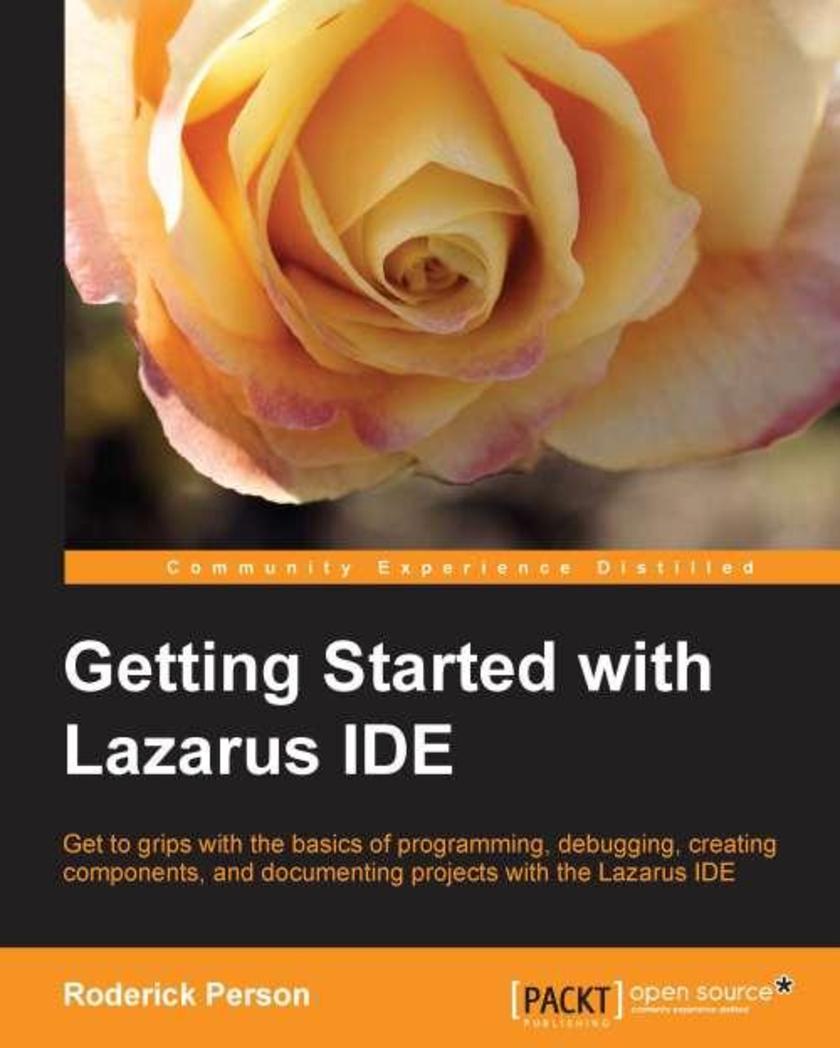
Getting Started with the Lazarus IDE
¥45.77
This book is written in a simple, easy-to-understand format with lots of screenshots and step-by-step explanations.This book is geared toward developers that have a familiarity with Delphi or Free Pascal and would like to start using the open source Lazarus Integrated Development Environment. You should have knowledge of creating a console and GUI applications as well as creating basic components. Example source code and projects are provided to help learn the differences between Delphi and Lazarus projects.
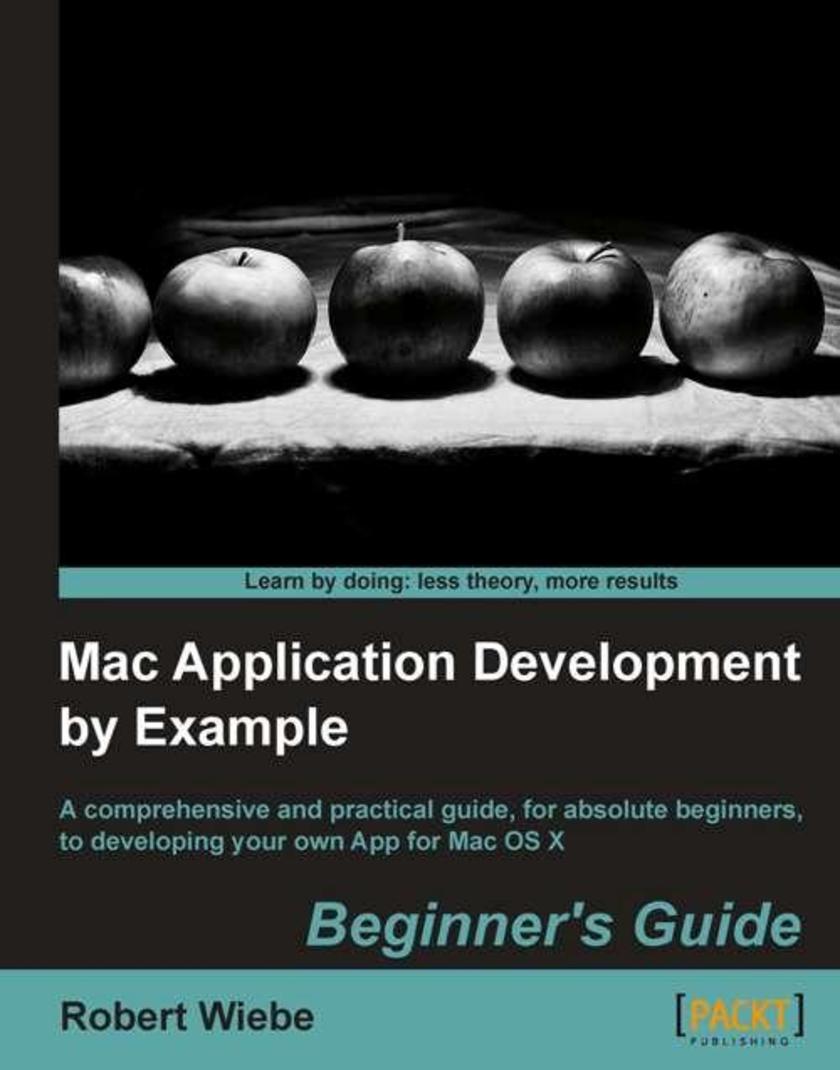
Mac Application Development by Example: Beginner's Guide
¥80.65
This book is a beginners guide that teaches the topic using a learn by example method. This book is for people who are programming beginners and have a great idea for a Mac OS X app and need to get started.
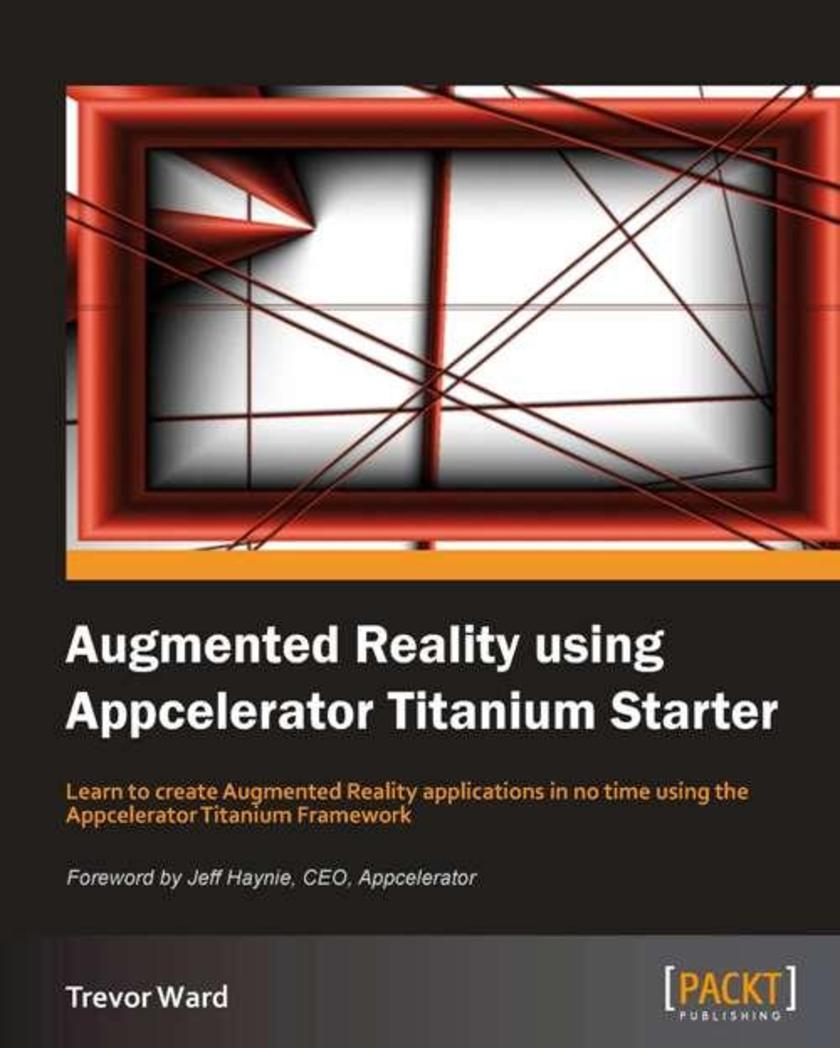
Augmented Reality using Appcelerator Titanium Starter
¥35.96
It's a quick start tutorial to help you get started with creating Augmented Reality applications and acquainting yourself with essential aspects of creating AR applications using the Appcelerator Titanium Framework. The instructions are clear with easy to follow examples. This book is for anybody who wishes to understand how to build an Augmented Reality Application. It uses the Appcelerator Titanium mobile development framework, but the techniques and practices can be applied to other frameworks and native code. You will need to have a good working knowledge of development and JavaScript, it is not aimed at the beginner.
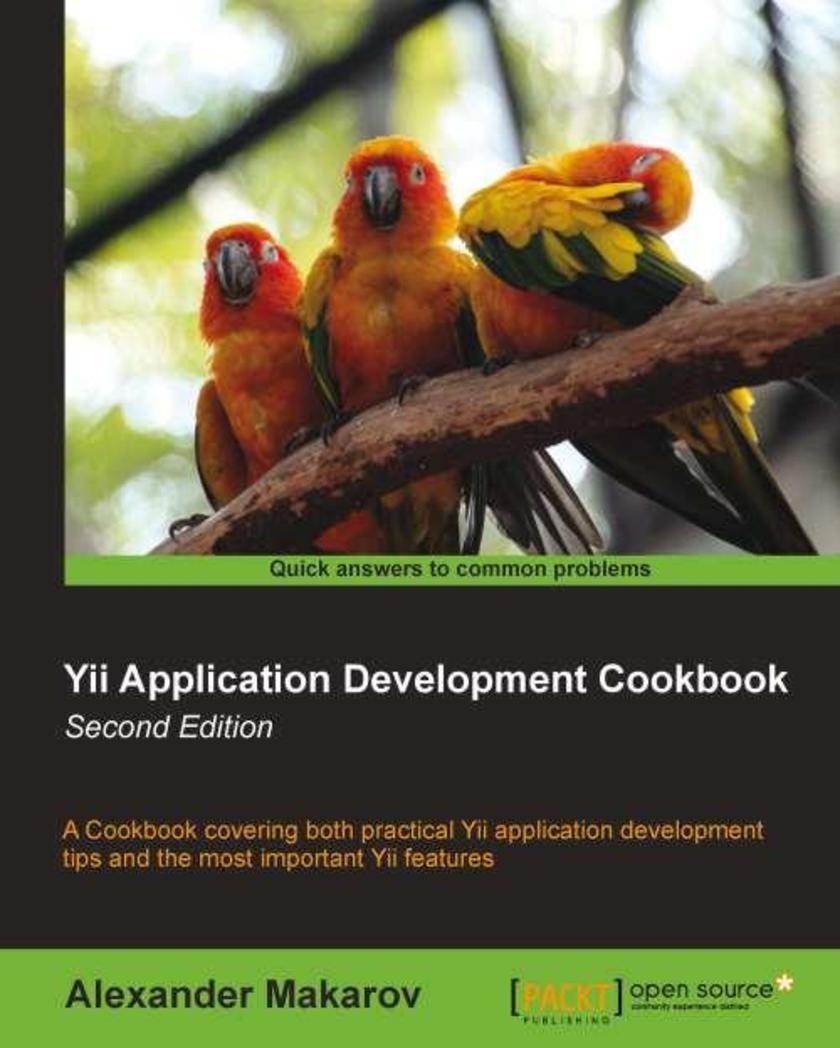
Yii Application Development Cookbook (2nd edition)
¥80.65
This book is a collection of Yii recipes with chapters generally independent of each other. It is full of practically useful solutions and concepts explained with code and relevant screenshots and diagrams. This book is for developers with good PHP5 knowledge who have tried to develop applications using Yii. An object-oriented approach and MVC knowledge will be a great advantage as Yii uses these extensively.
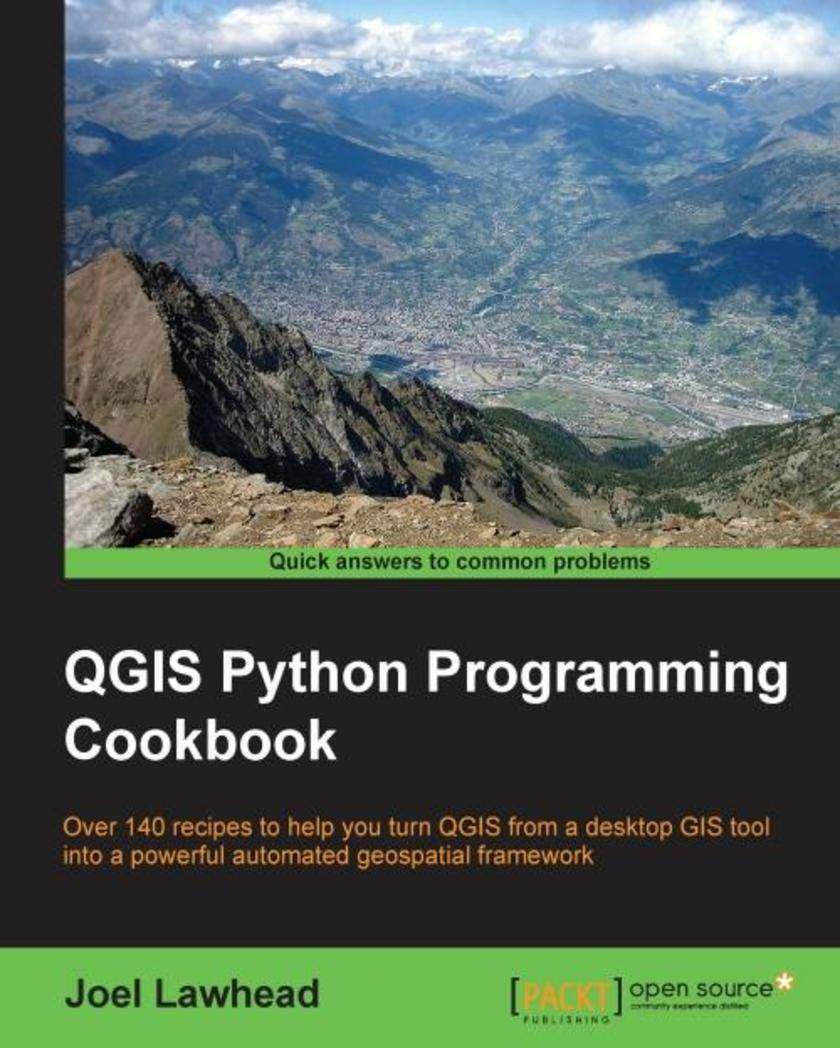
QGIS Python Programming Cookbook
¥90.46
If you are a geospatial analyst who wants to learn more about automating everyday GIS tasks or a programmer who is responsible for building GIS applications,this book is for you. The short, reusable recipes make concepts easy to understand. You can build larger applications that are easy to maintain when they are put together.
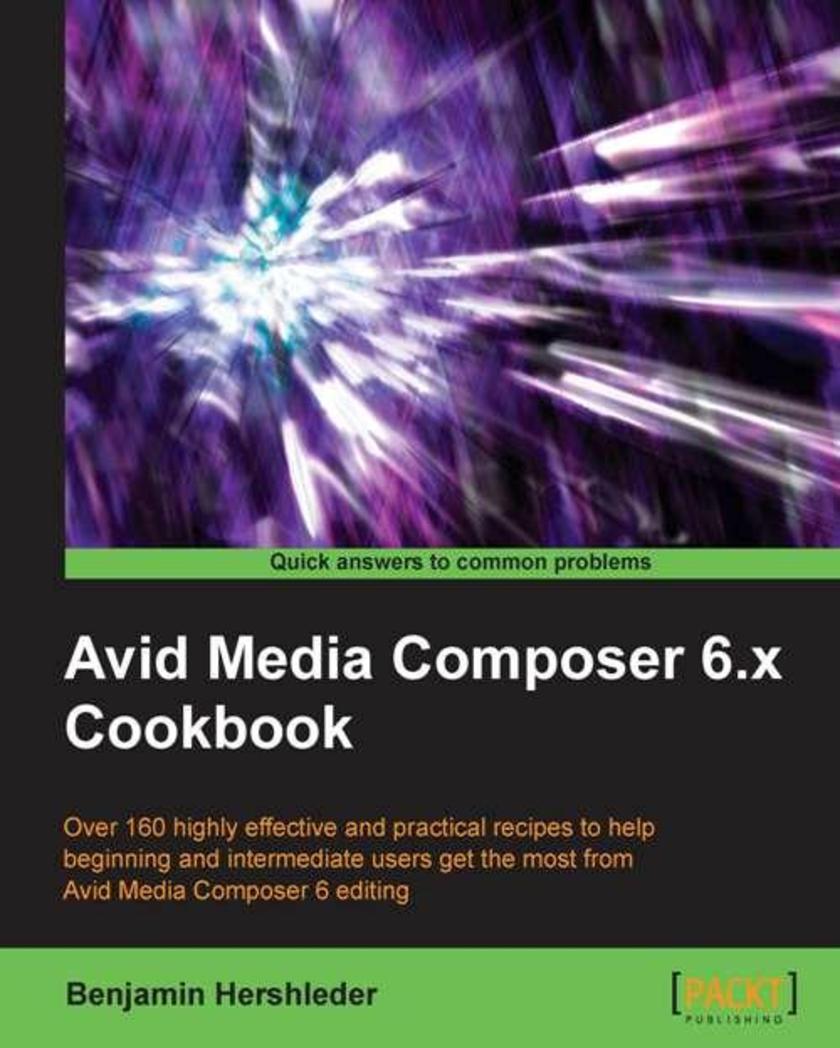
Avid Media Composer 6.x Cookbook
¥90.46
Written in a Cookbook style, it's packed with logically-sequenced recipes to gain deeper understanding of the software. Each recipe contains step-by-step instructions followed by analysis of what was done in each task and other useful information. The book is designed so that you can read it chapter by chapter, or you can look at the list of recipes and refer to them in no particular order. If you are new to editing with Avid, this book will help you get the most out of Avid Media Composer right from the start. Even if you are intermediately experienced with Avid, you will discover new methods and gain a deeper understanding to take your Avid experience to the next level, with greater confidence.
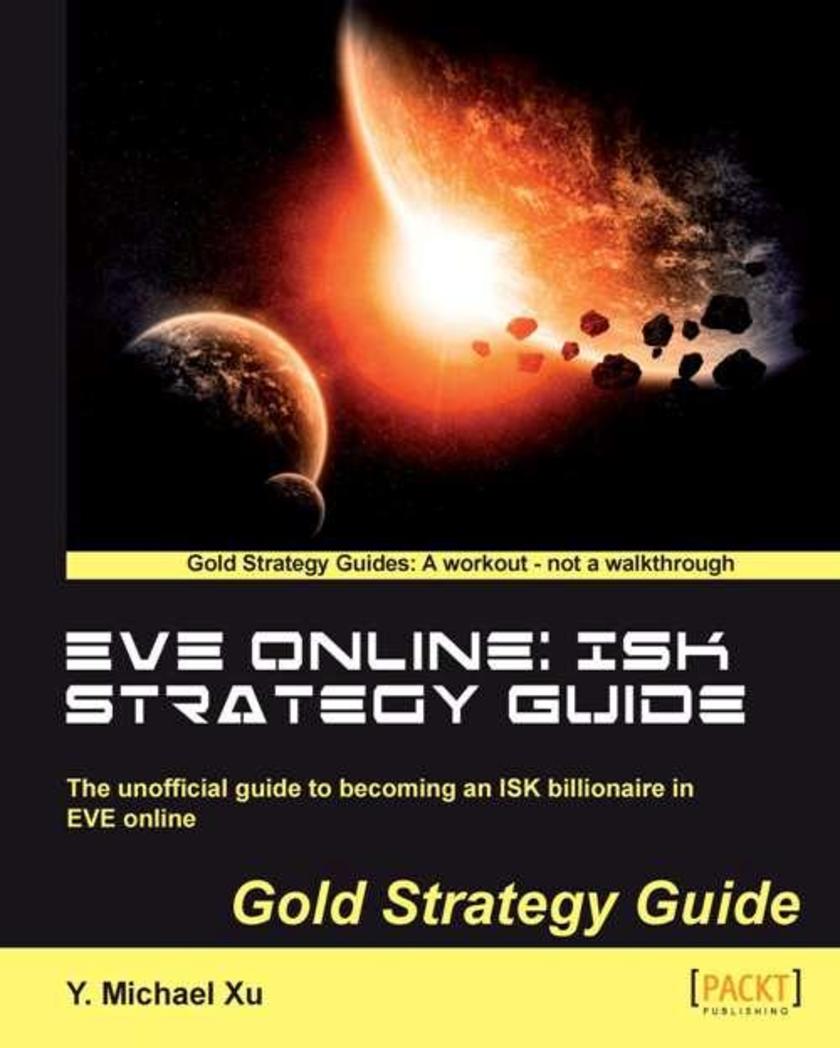
EVE Online: ISK Strategy Guide
¥54.49
A game strategy guide that focuses solely on maximising your in game earning. Whether you are new pilot plugging into your first capsule or have years of experience in EVE, this book is for you. No prior knowledge of EVE Online required.

Final Cut Pro X Cookbook
¥90.46
Written in cookbook style, this book offers many recipes to edit slick, professional videos with FCPX. Each recipe contains step-by-step instructions followed by analysis of what was done in each task and other useful information. The book is designed so that you can read it chapter by chapter, or you can look at the list of recipes and refer to them in no particular order. If you’ve been toying around with iMovie and want more power or you’ve taken FCPX for a whirl and simply can’t find the fastest, most efficient workflow, this book will help! Veteran editors will find just as much useful info as FCPX is radically different than its predecessor, Final Cut Pro 7.
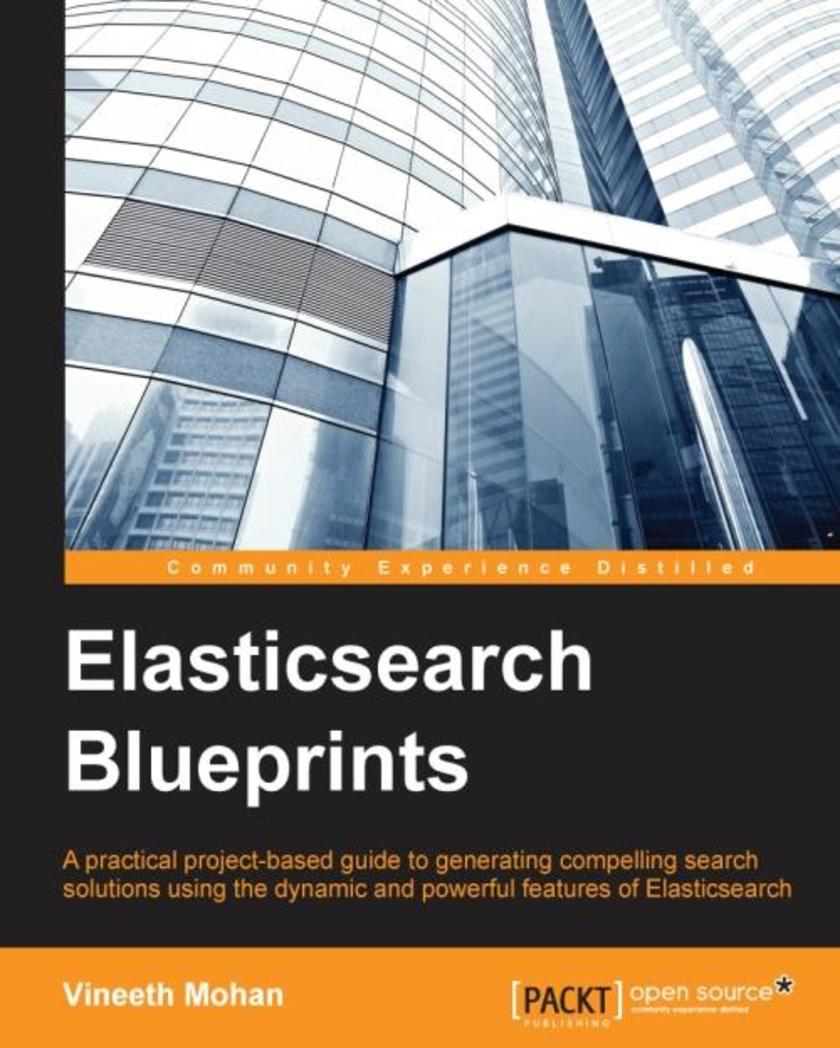
Elasticsearch Blueprints
¥80.65
If you are a data enthusiast and would like to explore and specialize on search technologies based on Elasticsearch, this is the right book for you. A compelling case-to-case mapping of features and implementation of Elasticsearch to solve many real-world use cases makes this book the right choice to start and specialize on Elasticsearch.
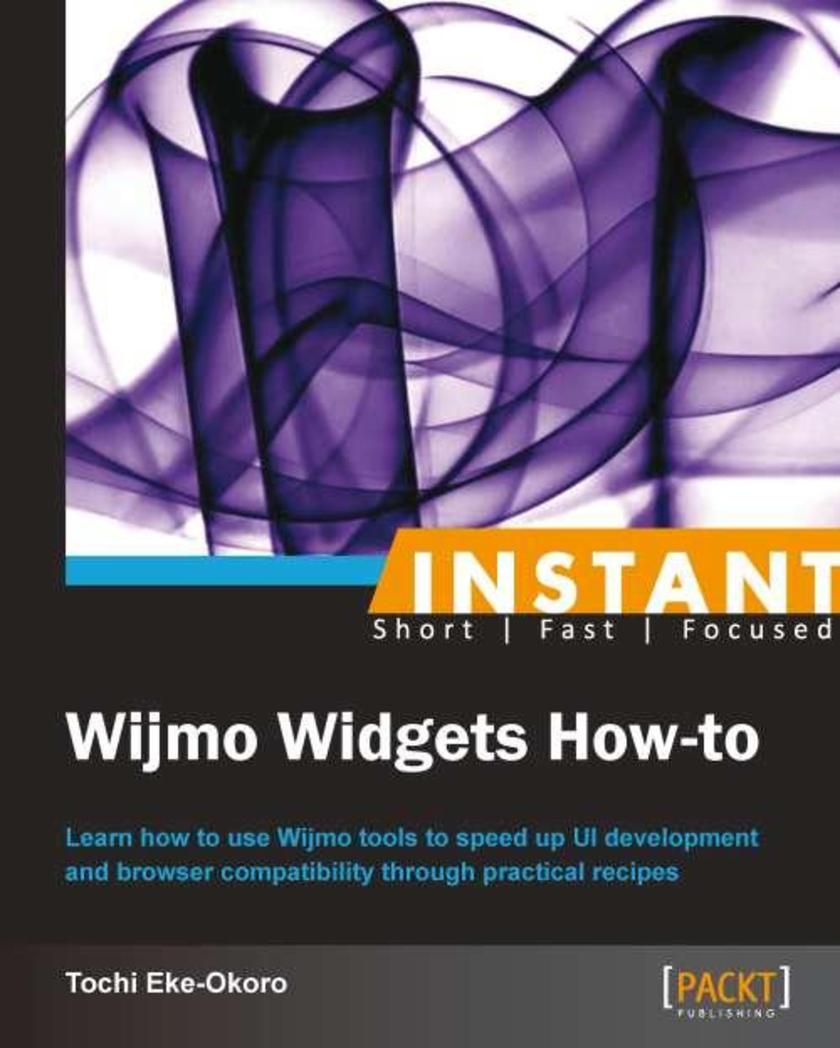
Instant Wijmo Widgets How-to
¥41.41
Filled with practical, step-by-step instructions and clear explanations for the most important and useful tasks.A recipe-based instant tutorial, showing app development with Knockout and Wijmo, and covering major widgets and themes. This book aims at equipping the reader with the necessary tools that Wijmo and Knockout JS provide for easing and speeding up development. It addresses the needs of everyone in the UI development space, both experienced and newbies. To get the most out of this book you should have a good working knowledge of HTML, CSS, and JavaScript, and will need to be comfortable using jQuery.
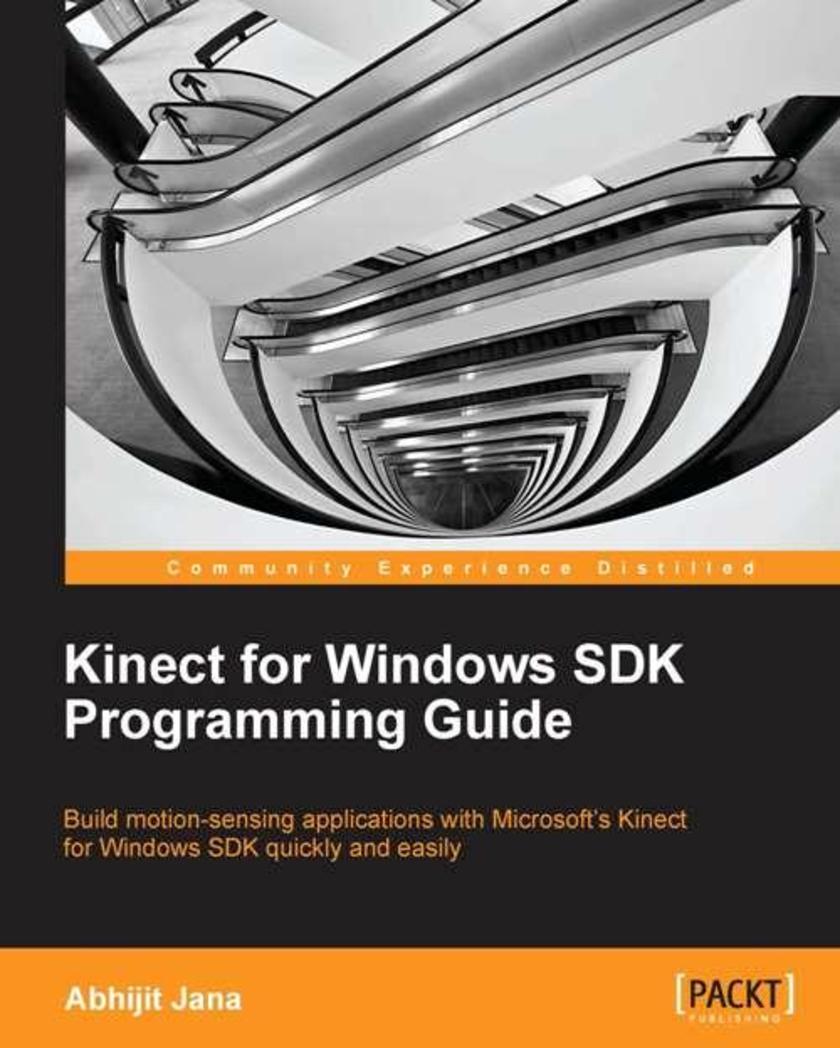
Kinect for Windows SDK Programming Guide
¥80.65
This book is a practical tutorial that explains all the features of Kinect SDK by creating sample applications throughout the book. It includes a detailed discussion of APIs with step-by-step explanation of development of a real-world sample application.If you are looking to develop motion sensing, speech recognizing applications with Kinect, then this book is for you,This book uses C# and WPF in the examples, so you need to know the basics of C# and WPF. You don’t have to know anything about Kinect for Windows SDK.
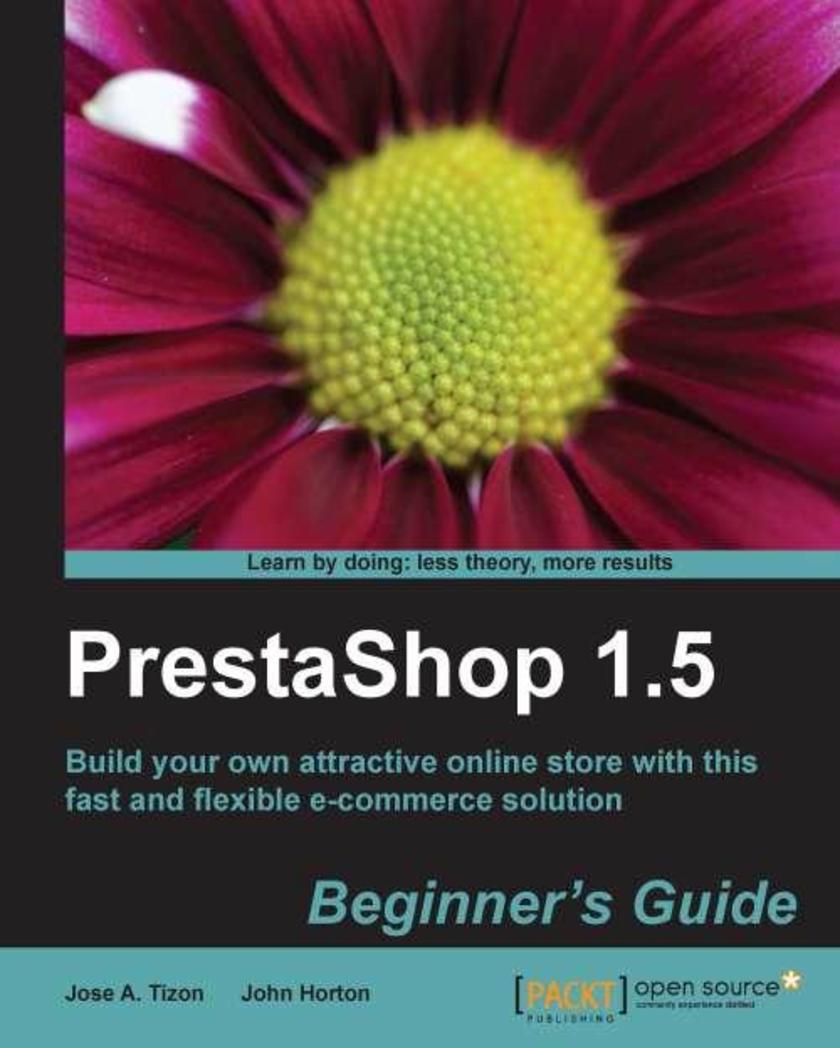
PrestaShop 1.5 Beginner’s Guide
¥80.65
This book is written in a friendly voice with lots of tips, tricks, and screenshots to help you set up, extend, and personalize your own online shop. If you want to start your own e-commerce business, then this book will help you do that. This book is for people who are interested in creating an online shop. Basic HTML and CSS skills would be beneficial but are not required as we will provide you with all the code and know-how you need.




 购物车
购物车 个人中心
个人中心



